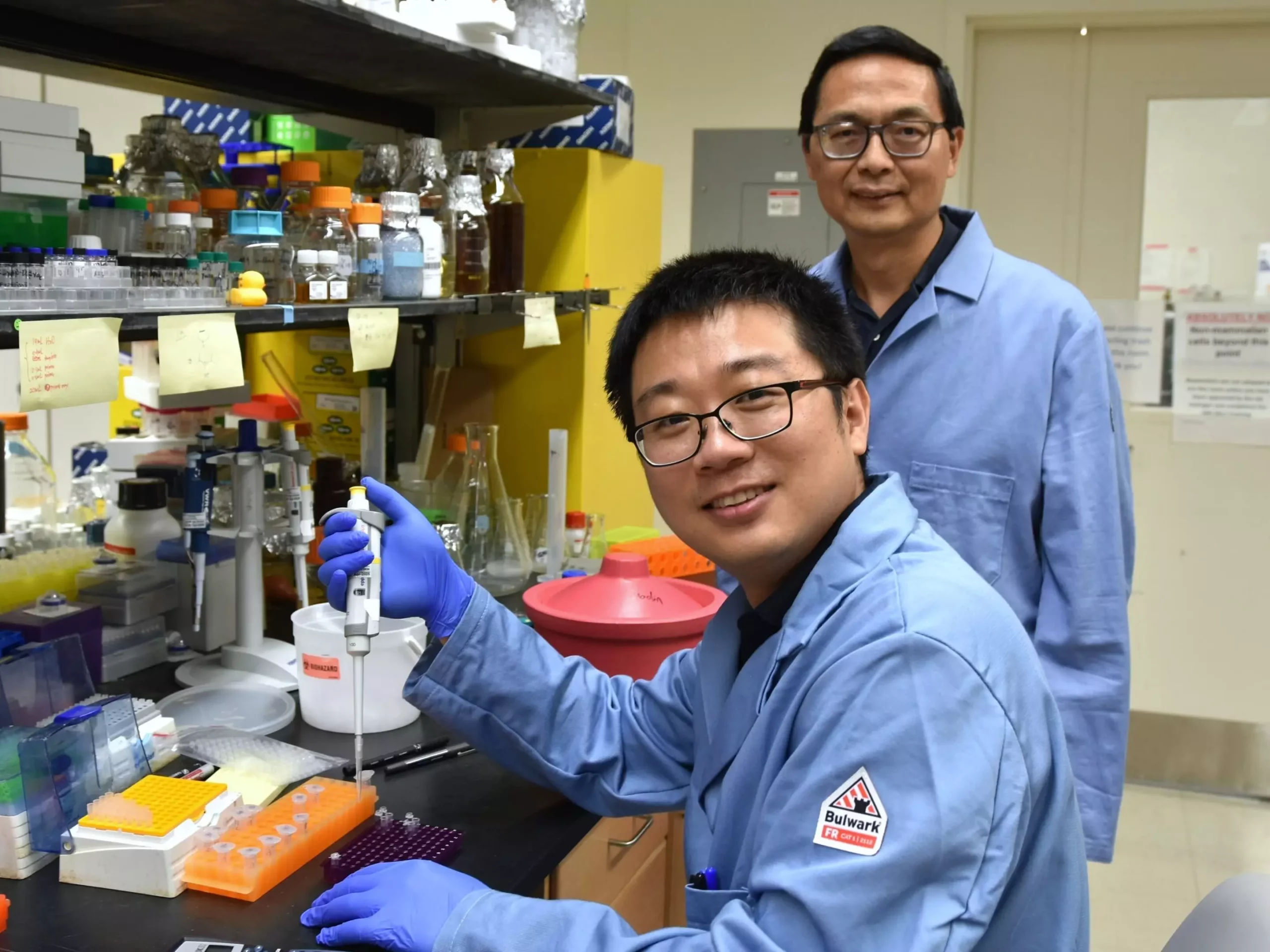In a groundbreaking study conducted by the Center for Advanced Bioenergy and Bioproducts Innovation (CABBI) at the University of Illinois Urbana-Champaign, researchers have unveiled a significant breakthrough in the creation of eco-friendly agricultural chemicals and everyday products. This innovative method involves the precise mixing of fluorine, an important additive, into chemicals called olefins using natural enzymes and light.
Traditionally, adding fluorine to chemicals has been a complex and environmentally unfriendly process. However, the team of scientists at CABBI utilized a “photoenzyme,” a repurposed enzyme that works under light, to facilitate the addition of fluorine to olefins. This novel approach allows for the precise attachment of fluorine to olefins, controlling the location and manner in which it is added. As a result, the researchers were able to create high-value chemicals with potential applications in agrochemicals, pharmaceuticals, renewable fuels, and more.
The implications of this breakthrough are vast. By incorporating fluorine into organic molecules through a photoenzymatic process, researchers aim to enhance the beneficial properties of these compounds while also prioritizing environmental sustainability. This method opens up new possibilities for the development of more effective and sustainable products for everyday use, spanning various industries such as pharmaceuticals and agrochemicals.
One of the key advantages of this eco-friendly method is its positive impact on the environment. By harnessing the power of light-activated enzymes, the researchers have developed a process that not only improves the efficiency of synthesizing fluorinated compounds but also aligns with principles of environmental sustainability. This approach represents a significant shift in how fluorinated compounds are synthesized, offering a greener alternative to traditional chemical processes.
Looking ahead, the innovative methods developed by CABBI researchers have the potential to revolutionize the fields of bioenergy, biocatalysis, and sustainable industrial processes. The ability to efficiently create high-value fluorinated compounds could lead to advancements in renewable energy sources and bioproducts, supporting economic growth and environmental sustainability. Moreover, the introduction of fluorine into olefins presents exciting opportunities for creating better medicines, agricultural products, and everyday essentials that are more effective, stable, and long-lasting.
The pioneering work conducted by the team at CABBI represents a significant step forward in the realm of chemical synthesis. By combining natural enzymes and light in a precise manner to incorporate fluorine into olefins, researchers have unlocked a powerful new approach to creating eco-friendly agricultural chemicals and everyday products. This breakthrough not only enhances the properties of organic molecules but also underscores the importance of sustainability in scientific innovation.


Leave a Reply